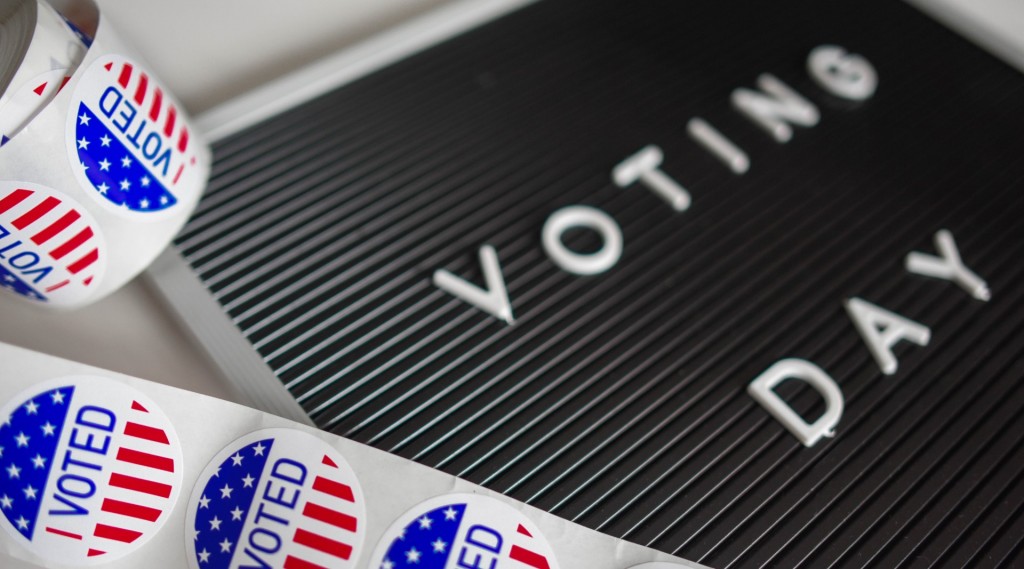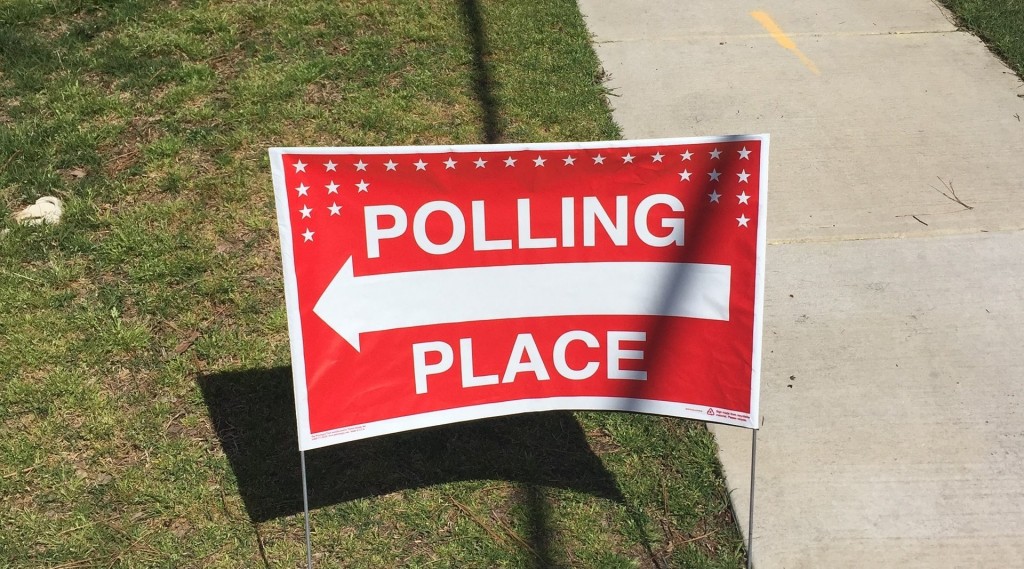- Advertising
- Media Consumption & Trends
Why Your Political Digital Advertising Should be Driven by Mobile Apps

Television ads and Facebook may be the new default channels to reach voters, but for candidates, their political parties and other political advertisers like PACs, (especially those open to the benefits of political digital advertising) there is no better way to reach prospective voters than through mobile apps between now and Election Day in November.
With most voters still wary of large public gatherings and facing the lingering effects of the pandemic, mobile is the ideal platform as consumption continues to grow over the past many months. In fact, as travel remains subdued and TV consumption continues to shift towards subscription services like Netflix and Disney+, mobile apps outside of the walled gardens will provide the highest ROI.
Top 4 Reasons Why Political Ad Spending Should Focus on Mobile Devices and Apps Beyond The Walled Gardens
There are four key reasons why political advertisers should include independent mobile apps beyond Facebook and Google in their digital marketing campaigns:
1) It’s An Ideal, Data Driven Way to Target Voters
Let’s say your campaign is looking to reach voters of a certain demographic but you cannot know for sure with television what with a panel based approach allowing you to make only an educated guess about a show’s audience.
With in-app advertising, however, you can be a confident that you’re actually reaching your target audiences, thanks to the inherent data-driven approach to find audiences for custom needs. Apps come with a lot of data, and the ecosystem has promoted further integration of multiple other data sources to enrich the signals to target and measure the ROI of each campaign.
For example, a weather app can provide location information, while a social media app often provides basic demographic information. By combining these sources of information, ad exchanges are able to develop unique, highly accurate audience segments that political advertisers can leverage to reach their target constituencies with a high degree of confidence.
Furthermore, in-app targeting is consistently more accurate since it relies on mobile device IDs instead of third-party cookies. Browser cookies, already on their way out, expire fairly quickly and so targeting is always harder. In comparison, mobile ad IDs are more static and thus more accurate over the long term.
2) It’s More Measurable Than TV Ads
Who actually watches television ads? For each TV spot politicians run, how can they determine who watched it and for how long? After all, someone is just as likely to be looking at their phone or walking to the kitchen during a commercial break as they are to be watching an ad and really not paying attention to it.
TV networks and linear television measurement solutions providers often provide rough estimates, but they’re never 100% accurate. Panels help, but again they’re prone to error and rely on small sample sizes to draw broad conclusions.
In-app advertising solves this problem unlike any other screen. It’s the most natural place for a user’s attention, and all components of a campaign can be measured and tracked. Mobile app ecosystem offers comprehensive support for third-party measurement solutions to measure campaign effectiveness, across the marketing funnel - be it to measure viewability (based on OM SDK standards), audience reach metrics or any conversion metrics (for example lead generation).
3) Mobile Advertising Platforms Enable You to Reach a Voter Base at Scale
The average smartphone owner in the U.S. uses over 20 apps in an average month, according to eMarketer. Further, consider these stats from 2019. Last year, more than 250 million mobile game apps were downloaded and entertainment apps were downloaded well over 230 million times. Other categories, including dating apps, food and beverage apps, travel apps, shopping apps, health and fitness apps, finance apps and music and audio apps too were all downloaded tens of millions of times just in 2019.
In short, lots of people use lots of apps on any given day. People are beginning to spend more time using apps than watching television. For politicians, political parties and political action committees looking to target voters and talk to a mass audience, apps are the way to go today and independent apps are the perfect way to de-risk the strategy of reaching users on Facebook and be bound to their own rules of verification and measurement.
4) Formats like Fullscreen Video Ads Ensure Brand Suitability, 100% Share of Voice
For political advertisers, brand safety and brand suitability are critical. The last thing anyone running for office wants is to be inadvertently connected to an insensitive topic or to a misaligned message besides the advertisement.
But in the realm of in-app advertising, there are very easy alternatives to these kinds of issues. For starters, some ad formats inherently ensure that the advertiser has a total share of view when the ad is running. In particular, any full screen ad, by taking over the entire screen, functions similarly to a traditional TV ad. No matter what was seen before and after, it’s clear that the ad is completely separated from the content.
Further, advertisers can always be selective in which kinds of apps their ads will appear. While apps that feature user-generated content can present issues, other types of apps, like news apps, are far more likely to be in line with a politician’s message and advertising. And there are apps that will likely never present brand safety problems, like hyper casual games or language acquisition apps.
Mobile Apps: The Best Way to Reach People Till the Election Day
In-app advertising has long been ideal for brand advertisers, and those same advantages work for political advertisers too. In the months ahead, it behooves political action committees, parties and candidates to make the most of these opportunities.
Interested in exploring in-app advertising with InMobi? Reach out today to learn more. No matter what your needs are, InMobi can help.
About the Author
Matthew Kaplan has over a decade of digital marketing experience, working to support the content goals of the world’s biggest B2B and B2C brands. He is a passionate app user and evangelist, working to support diverse marketing campaigns across devices. He also previously covered politics and government for the Daily News Tribune.
Stay Up to Date
Register to our blog updates newsletter to receive the latest content in your inbox.









